Do you know what cloud native application services are in general?
Here is everything you need to know about cloud-native apps.
Cloud Native Apps 101
Digital adaptation has pushed the embracement of this new development and deployment model called cloud-native. But, what are cloud native applications?
Cloud native application services are hosted and managed in the cloud which gives you demand-based unlimited computing power. This storage strength is given on both the public and private clouds. Applications that are built using a cloud-native approach have some features in common. Those are as follows:
- These are formed from microservices architecture
- These are packed in containers
- These run on a continuous delivery model
- These are dynamically managed in the cloud
Let’s understand these terms in-depth:
1. Microservices Architecture
Before microservices, the whole world was using the monolithic approach for application development. Over time, a few handicaps were uncovered. Let’s find out what those problems were.
The monolithic architecture assembles and packs all the software components tightly in a single big container. This means, all the components are dependent on each other. What if one or two components fail? Technically, the whole application gets destroyed. Here is an example:
A basic eCommerce application has three things: customer service, product service, and cart service. Consider an eCommerce application that is built on monolithic architecture. If one of the services goes down, the entire site goes down. That’s a risk at its best!
This isn’t the only problem that was detected in the monolithic approach, there are a few others too:
- Large and complex applications become hard to develop
- Slow development process
- Blockage of continuous deployment
- Unscalable
- Unreliable
- Inflexible
Hence, the microservices architectural style in cloud native application services are built to structure an application into a small autonomous business domain. It means you have multiple services on all these servers, they don’t share the data, but they communicate through APIs. Its major advantages are as follows:
- Focus on one single business capability
- Improved Quality
- Minimal Risk
- Unambiguous
- Fairly easy to build
- Reliable
- Flexible
- Scalable
2. Software Container
Initially, what used to happen was you would write codes and you would go to your finance team to request some memory capacity for that code. The finance team would arrange a computer for you and that is how the capacity planning was done.
What if that single application codebase required multiple resources? Several computers for a single code base were bought. Worst scenario, you would ask all the resources to use a single computer turn by turn. But, what you needed was a smart system for storage and everything!
Today in cloud native application services you have software containers that may be only tens of megabytes in size but have a virtual machine with its entire operating system. Owing to this, a codebase is packed up and depends only on the container for capacity. So that your application runs quickly and reliably from one computing environment to another.
3. Continuous Delivery Model
All you want to do is satisfy your customers. You want to deliver them valuable software within a perfect time frame. But, how to go about it? How to quickly get code into production?
Usually, companies have 2-5 software testing environments called the QA (quality assurance) and Performance/Stage. Although this is the path to production in every delivery process, continuous delivery ensures the migration takes place with ease.
Continuous delivery automates the QA and performance + stage testing environments. Certain tools are used here such as application release automation, CD pipelines, etc. So, auto-deploy and auto testing are what govern the continuous delivery model.
With CD:
- Small code changes
- Fault detection and isolation
- Reduced the MTTR right away
- Reliability and Validity
- Fastest release rate
- Smaller backlogging
- Client satisfaction
- accountability and transparency of a team
- Cost reduction
- Easy maintenance and updates
Organizations opt for cloud native application services to achieve increased scalability and automation. But to drill down further, cloud-native development allows prompt updates along with improving the quality and risk management of your applications.
Key factors defining Cloud native application Services
- Multiple Services: The application itself is broken into services that can be dignified as microservices. For the customer, it is accessing one application but these services operate simultaneously.
- DevOps Process: In cloud native application services, DevOps handles every life cycle in the microservices.
- Automation: It is of great importance that running and scaling in the cloud requires automation.
- Elasticity: In cloud native application services, elasticity means to extend or lessen computer processing, memory, and storage resources to meet evolving needs without concerning about capacity planning and engineering for high usage.
- Resilience: The resiliency of a network, server, entire data center, or storage system, is to swiftly heal and continue operating even when there has been a mechanical failure, power failure, or other interruption.
- Composability: It is the ability to build applications from parts. Not a single component is dependent on another one.
Core advantages of Cloud-Native Apps
1. A cloud native application allows faster product delivery
Cloud native application services support DevOps, this enables effective automation and collaboration to work in fast-paced IT spaces.
2. Cost effective
Through containerization and cloud standards! It’s time to leave behind the legacy infrastructure models. Adaptivity is key to boost the development process.
3. Management made it easy
Cloud platforms help you upload code in the form of functions and the platform runs the code for you. So, no more worrying. You no longer have to configure the network or allocate storage. The serverless platform takes care of it.
4. Customer-oriented experience
Cloud-native apps help meet customer expectations through constant updates which allow for new features. It follows a mobile-first approach through which you’re able to target a larger pool of customers in real-time.
5. Building definitive systems
Previously, downtime was something acceptable, and withstanding faults was extremely difficult for apps. However, through cloud-based approaches like microservices architecture and Kubernetes integrated into the cloud, you can now build more reliable and fault-tolerant apps.
How are cloud-native apps reshaping businesses?
The organizational infrastructure is becoming obsolete. Businesses are turning to find agile solutions that can make their businesses more flexible. The adaptation of cloud-native apps brings in more collaboration in the organization as well as improves customer experience.
Cloud-native apps are providing business cost-effectiveness, higher agility rates which opens room for innovations and greater elasticity. The rate at which businesses and enterprises are recognizing the significance of these apps is an eye-opener.
These apps come with their architecture and dynamics that entice organizations to reorganize their processes and workflow to scale-out substantial business advantages. Containers and cloud technologies are rapidly portraying automation. It allows businesses to become efficient enough while increasing their service speed. It is enabling them to mold themselves with market dynamics.
Current Tools for Managing cloud native application services
- Fluentd: It is mainly used for logging. It gathers all the log data which is then sent in a cumulation to AWS CloudWatch.
- Prometheus: No this is not that alien covenant movie, Prometheus here records time-series data which helps to split up the microservices.
- Kubernetes: The tool is used for container deployment and management.
- ELK Stack: A tool used only for complete monitoring.
- Grafana: Solely used for visualization.
- AWS, Google Cloud: Both amazon web service and Google cloud provide cloud-focused computing services
- Istio: The tool provides flexibility and easily automates application network functions.
Cloud-Native – Cloud Based- Cloud-Enabled
So, there are 3 cloud-oriented applications with different purposes. They can be ranked as a tier-based system. Where cloud-native apps come on the top tier level, cloud-based being held in the middle, and cloud-enabled apps are the entry-level to the cloud adoption base. But what is the actual difference between all three?
Cloud-native apps are built in a way that they work in a public cloud setting. Their implementation is faster because there is no hardware configuration. These apps take full advantage of aligning their microservices in a way that they are fully scalable because of real-time updates, resilience, and higher availability rates. Cloud-native has a completely new architectural design that breaks down the services into smaller bits to be reused
Cloud-based applications are for those who have scalability and higher availability but don’t want to redesign their entire app structure. This is why cloud-based apps come directly in the mid-tier. Now that your web application is moved to servers such as AWS (Amazon Web System), you don’t have to worry about constant backups or server maintenance. The cloud can handle it for you. But, the biggest upside to moving your applications to the cloud is that it increases your applications’ demand levels and adjusts the availability accordingly.
Cloud-enabled applications are migrated to the cloud but originally they’re developed in the data center. The migration allows for the usage of virtual resources but the characteristics and initial architecture remain the same. But the main difference to which cloud-enabled apps sit on the bottom tier is due to the lack of capacity in them. Eventually, they cannot deliver on the scalability and the resilience of the cloud-native apps.
Endpoint
Cloud native application services are rapidly being adopted by organizations for them to run on optimal levels and increase efficiency.
Getting cloud native application services requires a lot of restructuring which is crucial to its functionality.
The question: which cloud native application services work best for you?
There are substantial options but it’s in the best interest for you to connect with the professionals of the industry for the best guidance.
What do you suggest?
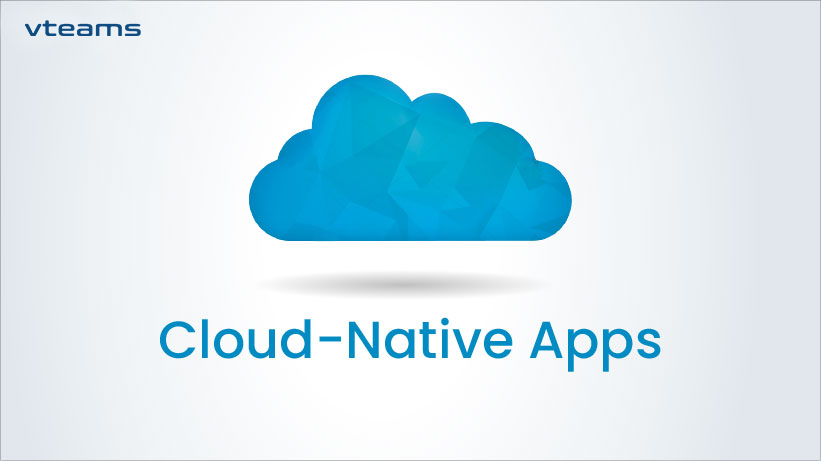
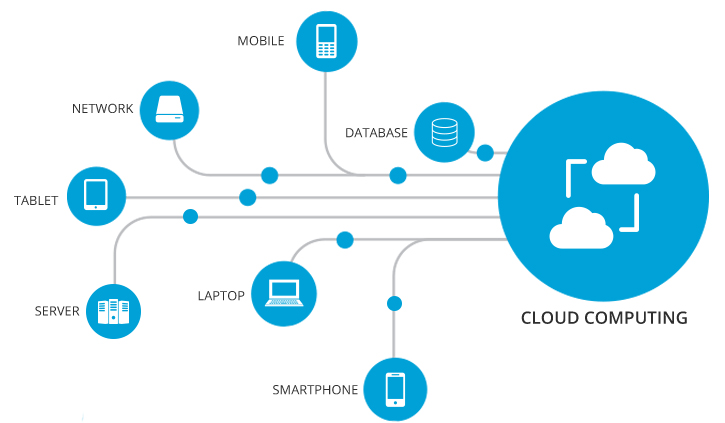

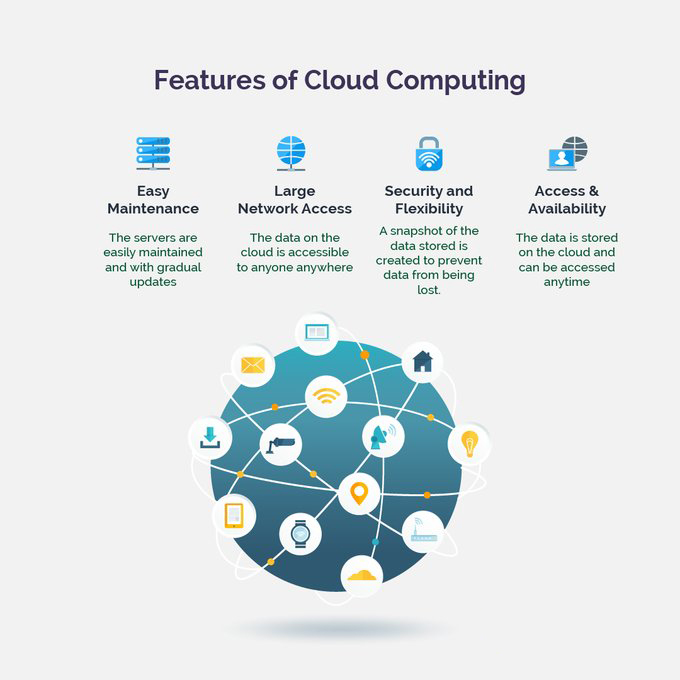



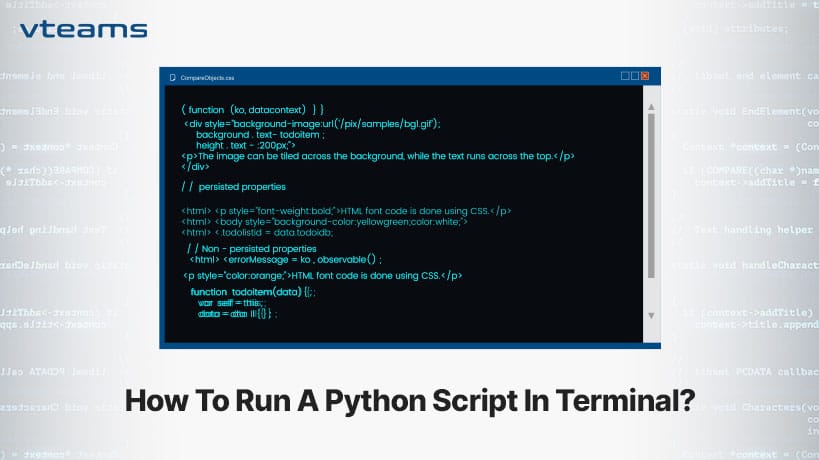
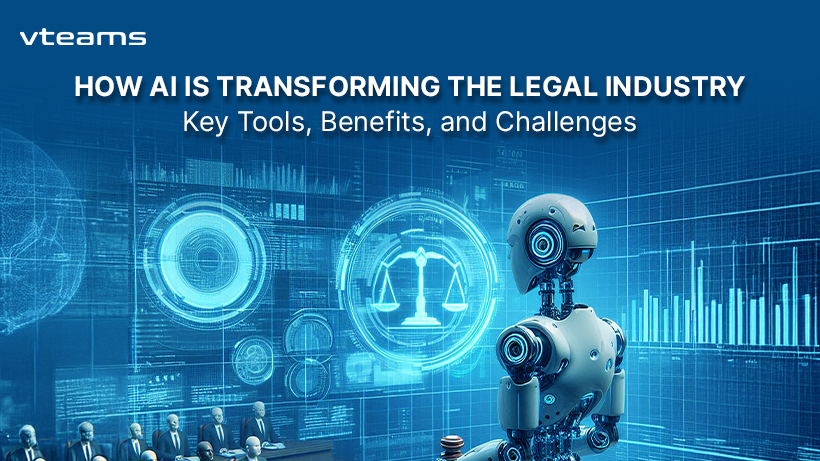
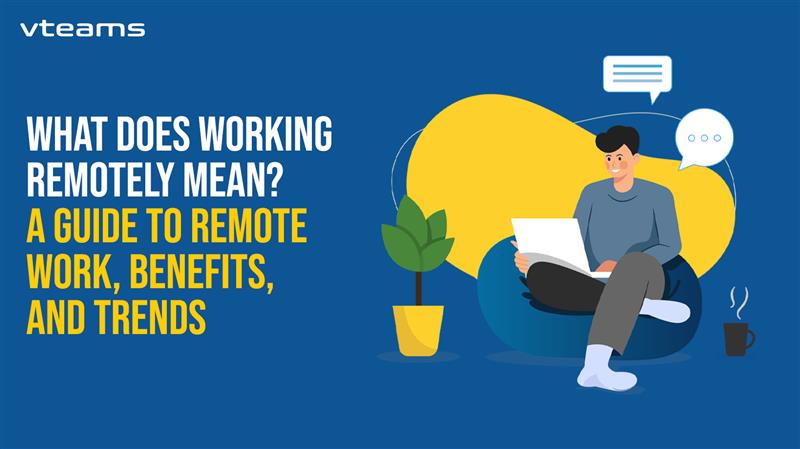
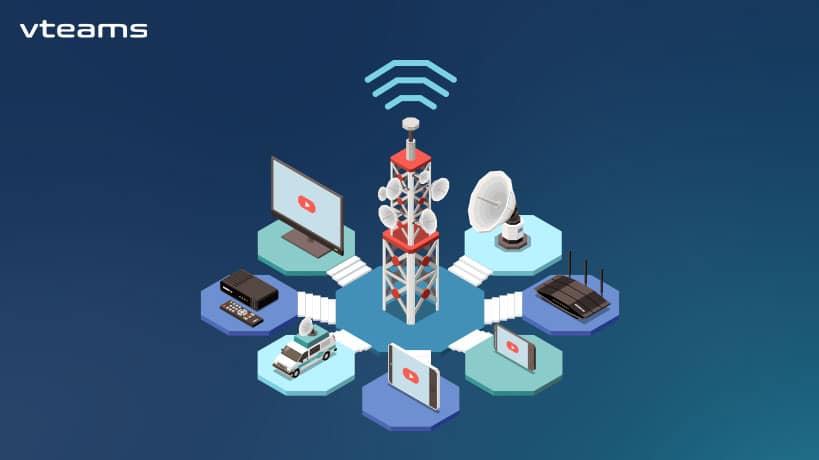
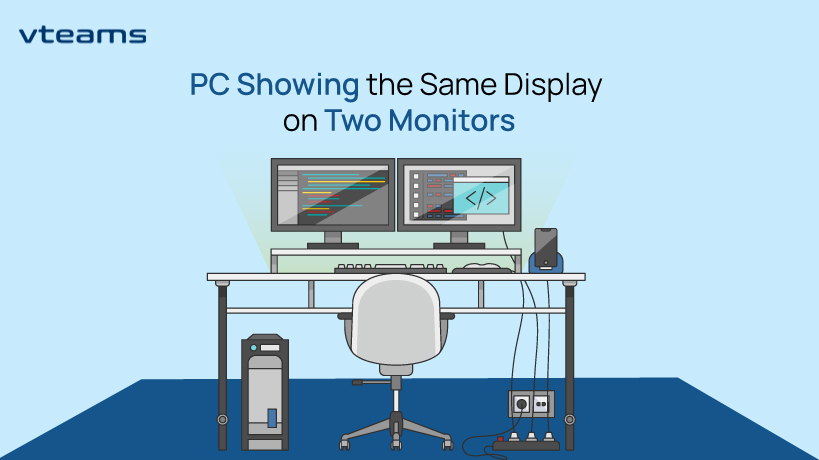


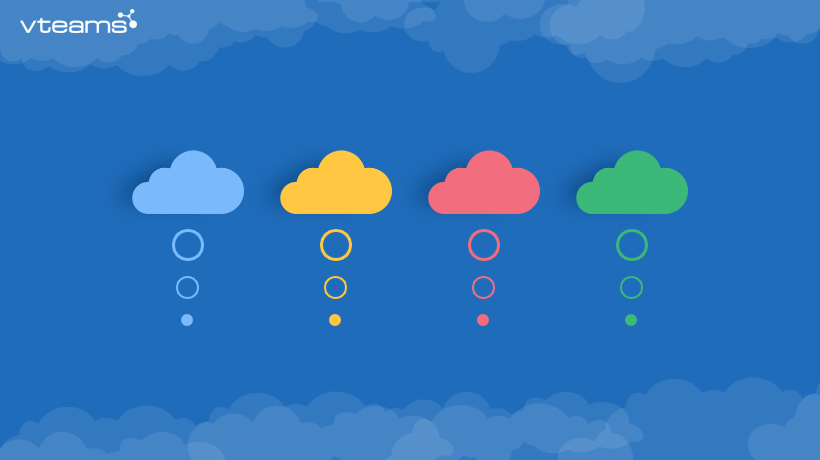

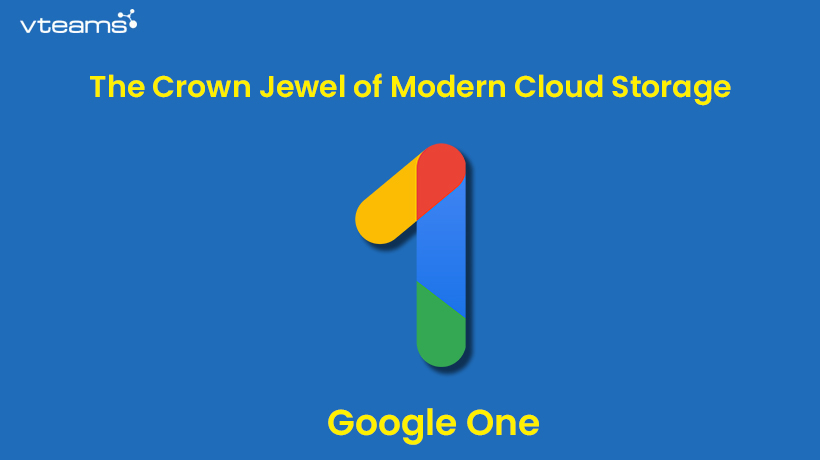

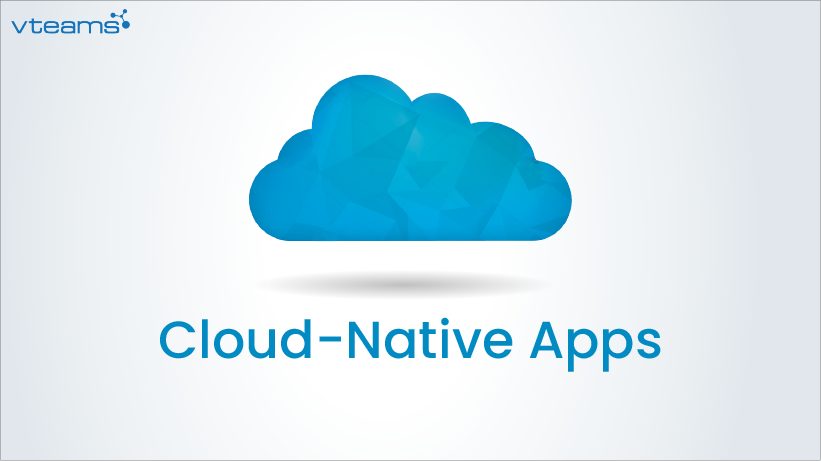
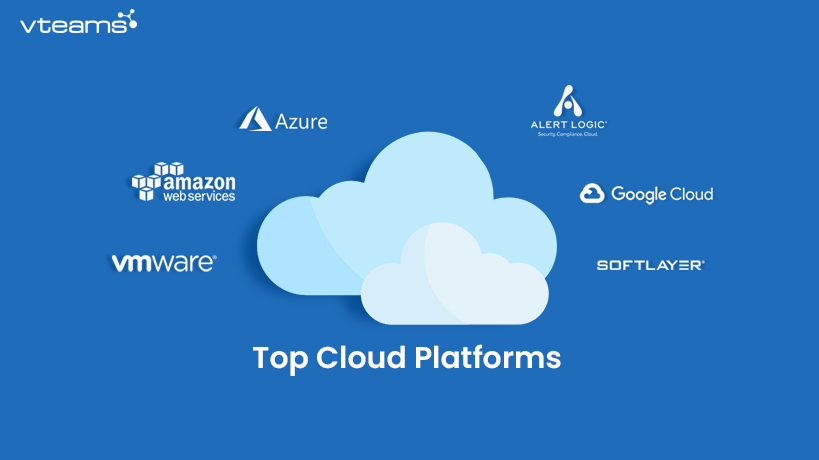
0 Comments